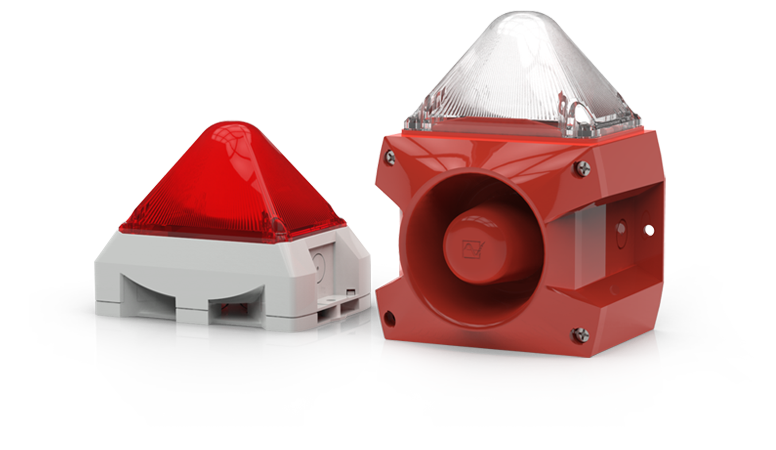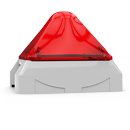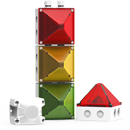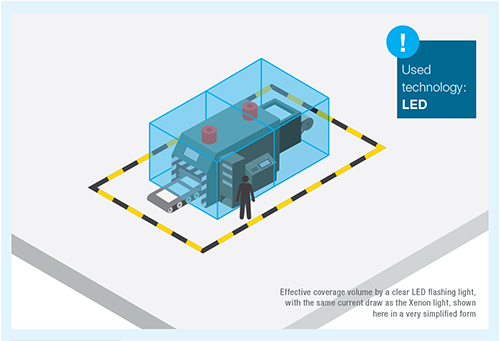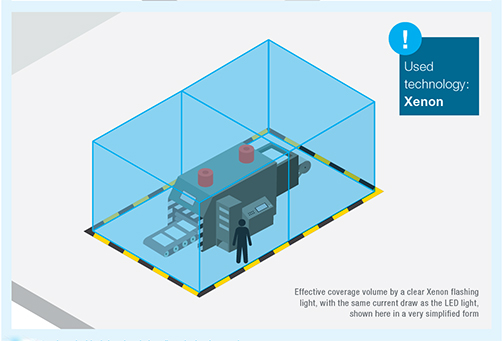Pfannenberg Visual Signaling Devices
Industrial Flashing Strobe Beacons
Flashing beacons utilize glass tubes filled with xenon gas to produce a bright flash of light when energized. The technology is also used for strobe lights and flash photography.
A typical flash rate is once per second – but this can vary by device. Units with multiple flash capability offer a variety of flash sequences and rates.
Flashing beacons offer the highest degree of signaling effect and are widely used for evacuation alarms for fires, toxic gas leaks, and chemical spills; as well as for warning of moving machinery and structures such as lifting equipment, service vehicles, safety barriers, gates, and doors.
Why Choose Pfannenberg Visual Signaling Devices?
 Powerful Flashing Lights
Powerful Flashing Lights
Range of extremely bright and highly visible flashing strobes lights. Choice of 5 to 15 Joules flash energy.
 High Service Life
High Service Life
High quality components insure 70% light emission even after 8 million flashes.
 Operates in Harsh Environments
Operates in Harsh Environments
Pfannenberg offer sounders which are suitable for use both indoors and outdoors and are adapted to all industrial requirements.
 10 Year Warranty
10 Year Warranty
Pfannenberg’s audible signaling devices include a standard 10-year warranty, guaranteed to protect men, machines and the environment.


